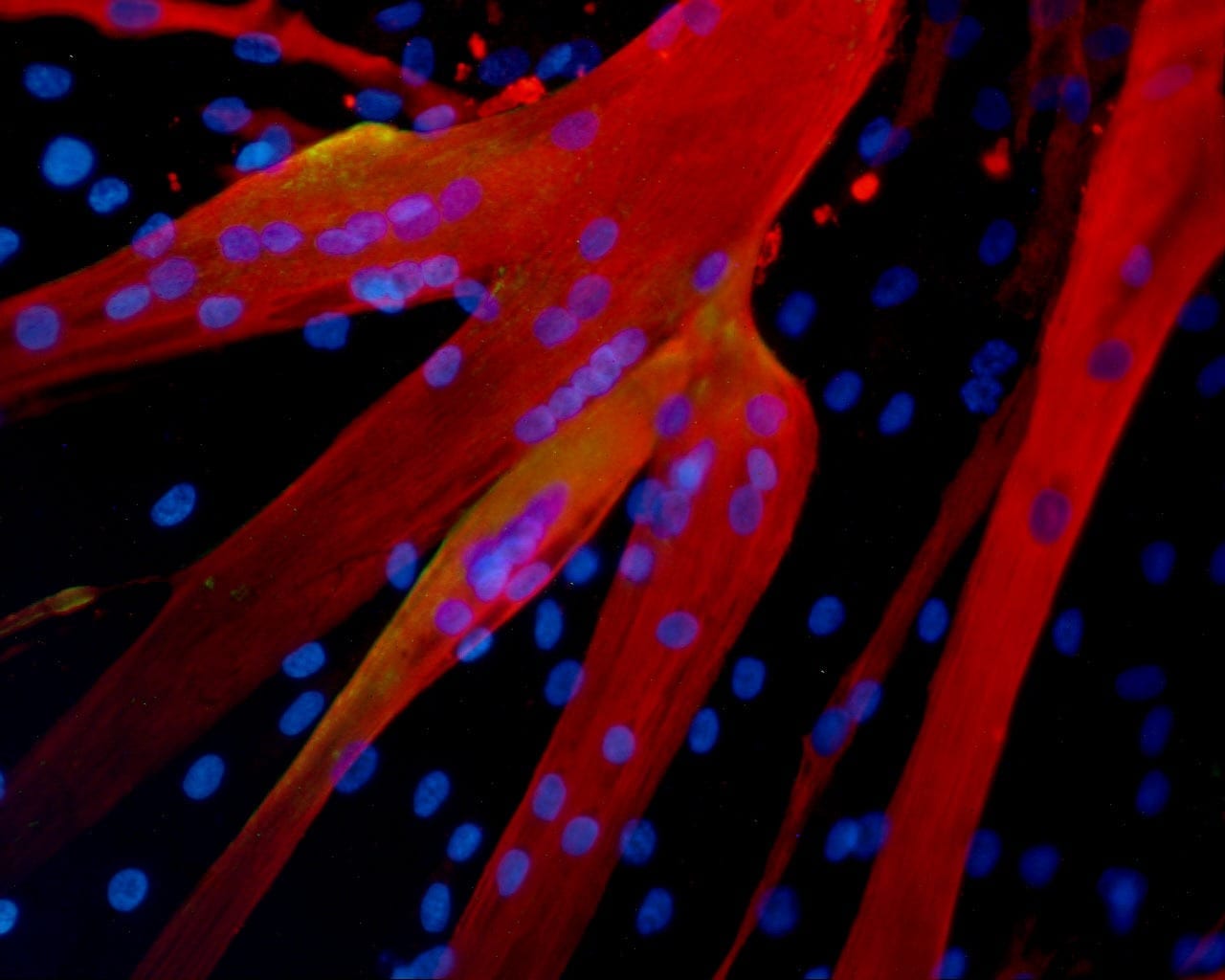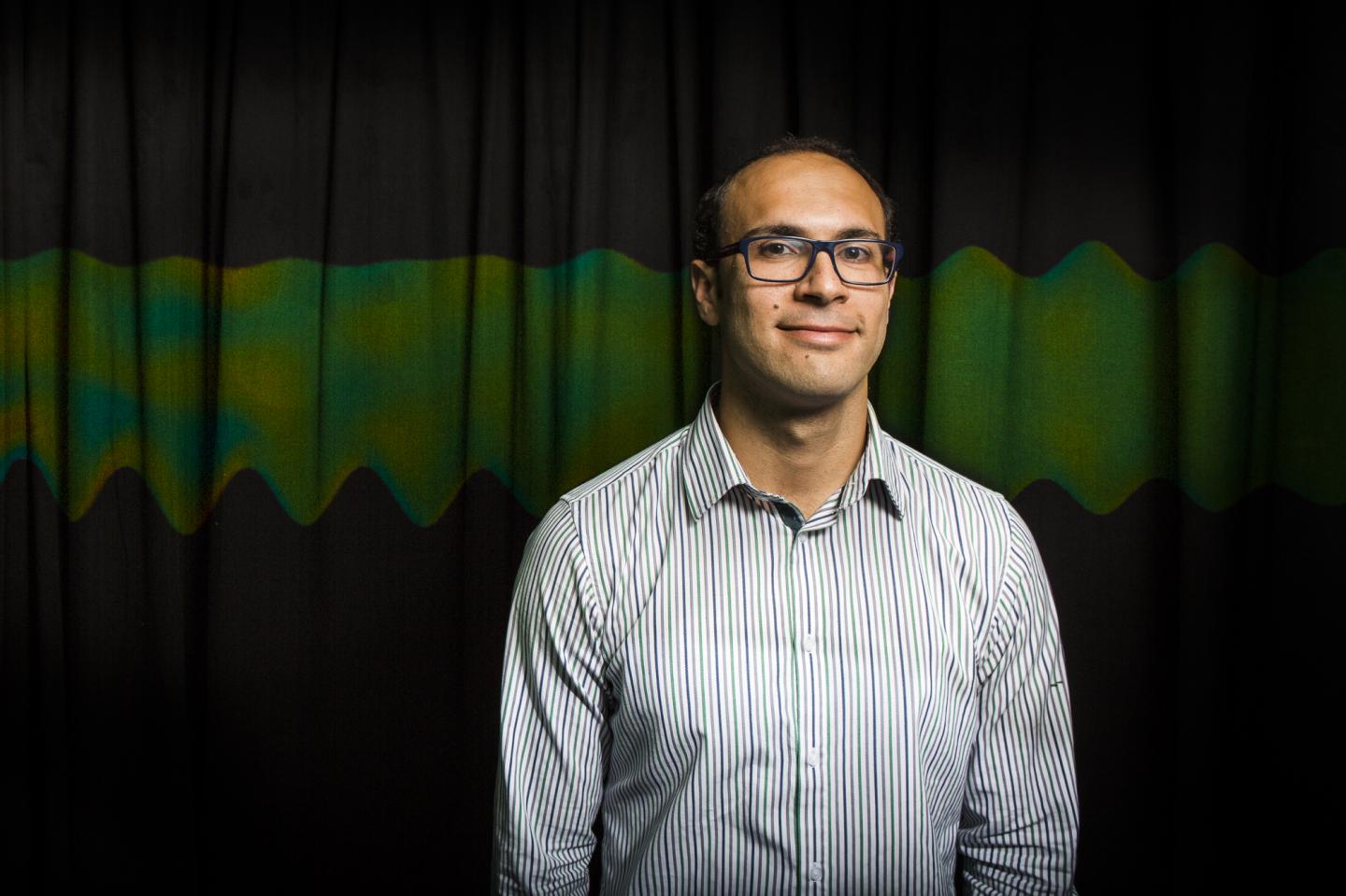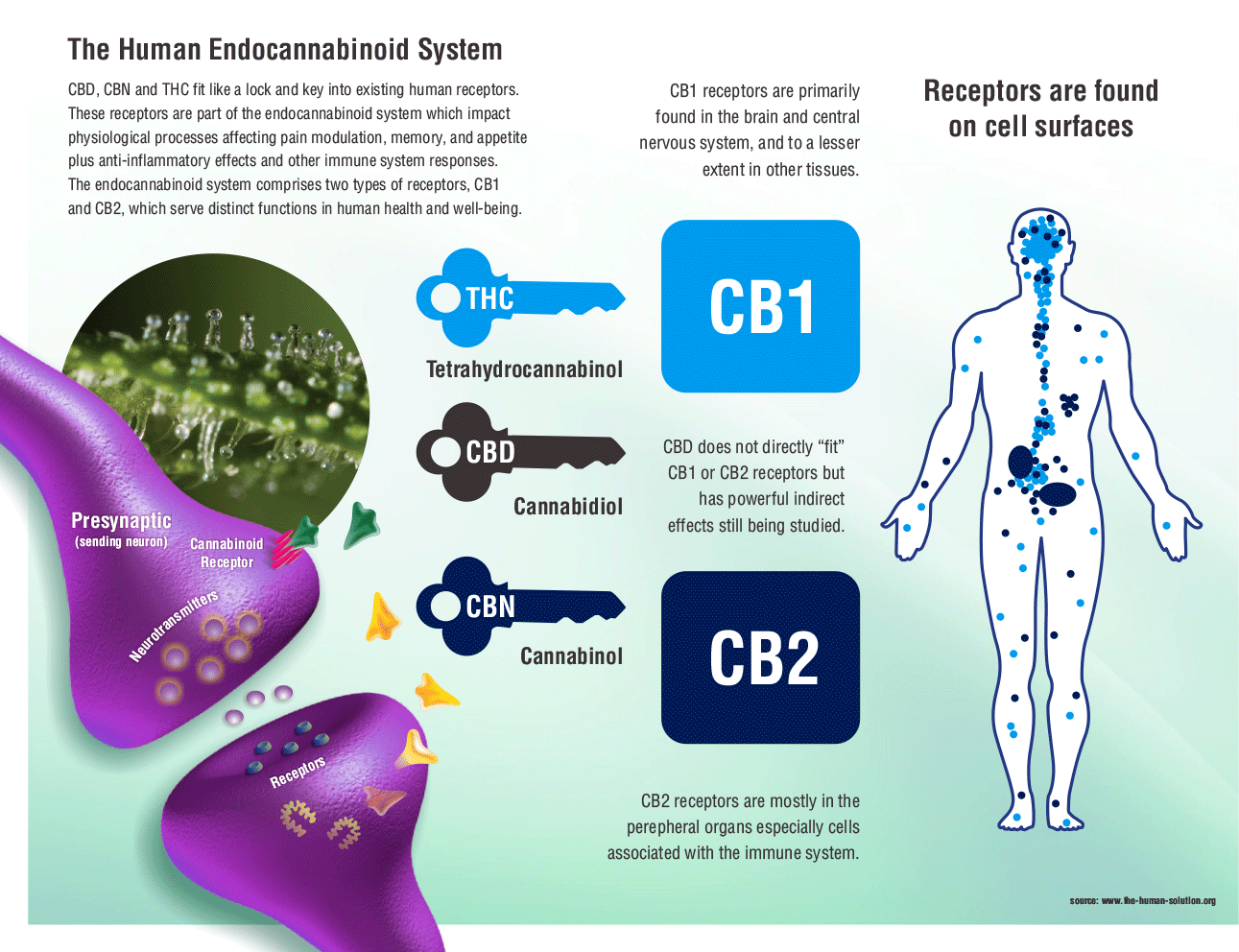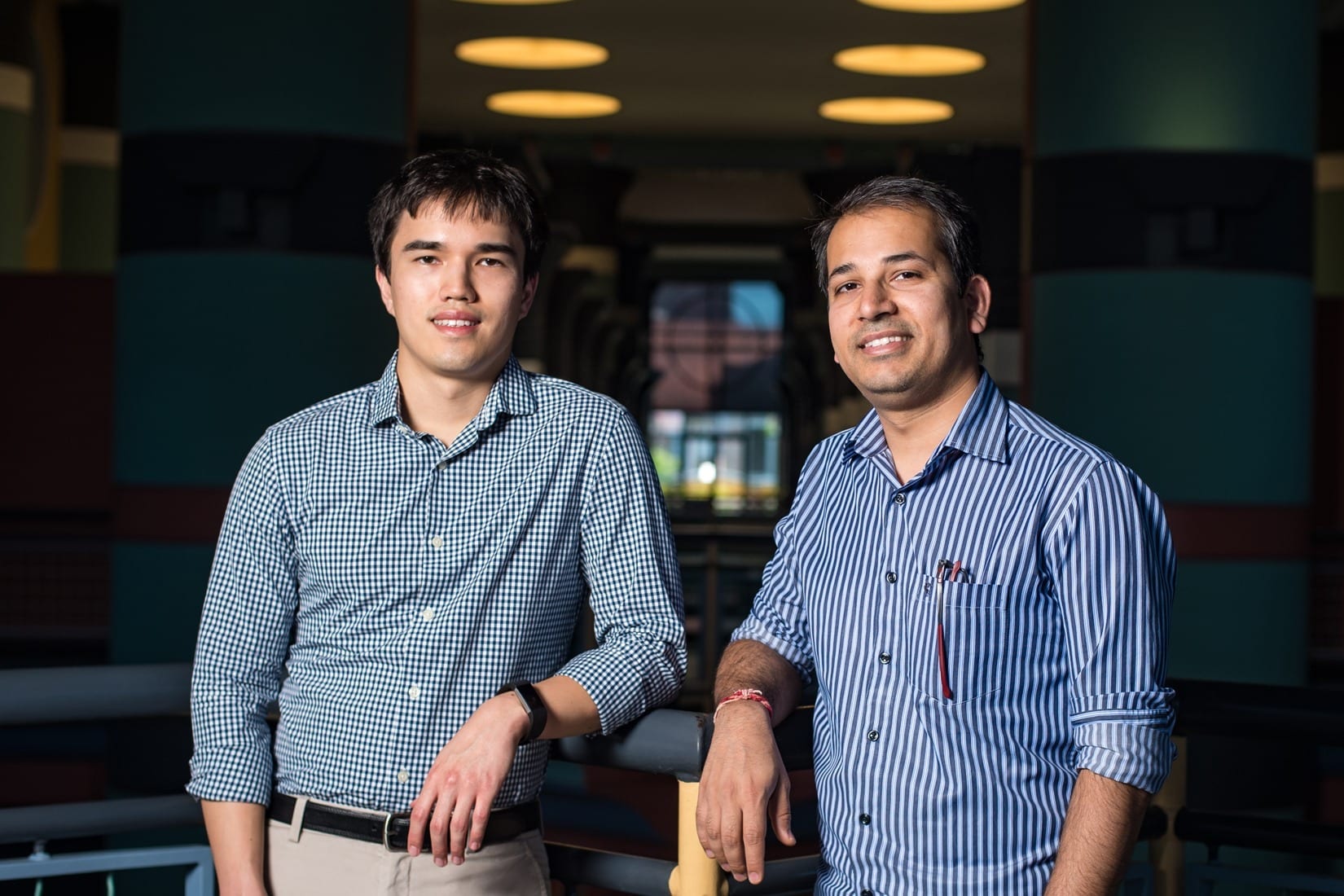
University of Rochester Medical Center researchers have discovered that loss of muscle stem cells is the main driving force behind muscle decline in old age in mice. Their finding challenges the current prevailing theory that age-related muscle decline is primarily caused by loss of motor neurons. Study authors hope to develop a drug or therapy that can slow muscle stem cell loss and muscle decline in the future.
As early as your mid 30s, the size and strength of your muscles begins to decline. The changes are subtle to start – activities that once came easily are not so easy now – but by your 70s or 80s, this decline can leave you frail and reliant on others even for simple daily tasks. While the speed of decline varies from person to person and may be slowed by diet and exercise, virtually no one completely escapes the decline.
“Even an elite trained athlete, who has high absolute muscle strength will still experience a decline with age,” said study author Joe Chakkalakal, Ph.D., assistant professor of Orthopaedics in the Center for Musculoskeletal Research at URMC.
Even an elite trained athlete will experience muscle decline with age.
Chakkalakal has been investigating exactly how muscle loss occurs in aging mice in order to figure out how humans might avoid it.
In a study, published today in eLife, Chakkalakal and lead author Wenxuan Liu, Ph.D., recent graduate of the Biomedical Genetics Department at URMC, define a new role for stem cells in the life long maintenance of muscle. All adults have a pool of stem cells that reside in muscle tissue that respond to exercise or injury – pumping out new muscle cells to repair or grow your muscles. While it was already known that muscle stem cells die off as you age, Chakkalakal’s study is the first to suggest that this is the main driving factor behind muscle loss.
To better understand the role of stem cells in age-related muscle decline, Chakkalakal and his team depleted muscle stem cells in mice without disrupting motor neurons, nerve cells that control muscle. The loss of stem cells sped up muscle decline in the mice, starting in middle, rather than old age. Mice that were genetically altered to prevent muscle stem cell loss maintained healthier muscles at older ages than age-matched control mice.
At the same time, Chakkalakal and his team did not find evidence to support motor neuron loss in aging mice. Very few muscle fibers had completely lost connection with their corresponding motor neurons, which questions the long-held and popular “Denervation/Re-innervation” theory. According to the theory, age-related muscle decline is primarily driven by motor neurons dying or losing connection with the muscle, which then causes the muscle cells to atrophy and die.
“I think we’ve shown a formal demonstration that even for aging sedentary individuals, your stem cells are doing something,” said Chakkalakal. “They do play a role in the normal maintenance of your muscle throughout life.”
Chakkalakal is building on this discovery and searching for a drug target that will allow him to maintain the muscle stem cell pool and stave off muscle degeneration as long as possible and he hopes this discovery will help move the field forward.
Learn more: Stem Cells May Be the Key to Staying Strong in Old Age
[osd_subscribe categories=’muscle-decline’ placeholder=’Email Address’ button_text=’Subscribe Now for any new posts on the topic “MUSCLE DECLINE”!’]
The Latest on: Muscle decline
[google_news title=”” keyword=”muscle decline” num_posts=”10″ blurb_length=”0″ show_thumb=”left”]- Premature surgical menopause can lead to increased risk of muscle disorders
Musculoskeletal pain is a prevalent menopause symptom, which helps explain why women typically experience more pain than men, especially around the age of 50 years.
- The #1 Best Bench Press Workout To Increase Strength & Muscle
A personal trainer and strength coach outlines his #1 best bench press workout to increase strength and muscle.
- Ford Torino: Evolution of Muscle and Style
Ford introduced a revamped version of the Mustang, featuring a redesigned exterior characterized by single headlamps within the grille. While this update aimed to impart a “less aggressive” appearance ...
- Study shows premature surgical menopause may raise muscle disorder risk
In addition, testosterone levels also decline significantly in women with premature menopause ... The study also confirmed that muscle stiffness complaints were most prevalent during menopause, ...
- Advocates speak out as wild horse populations continue to decline in the West
The Bureau of Land Management recently reported that, for the third consecutive year, populations of wild horses and burros inhabiting the semi-arid plains, deserts, prairies, grasslands and badlands ...
via Google News and Bing News











